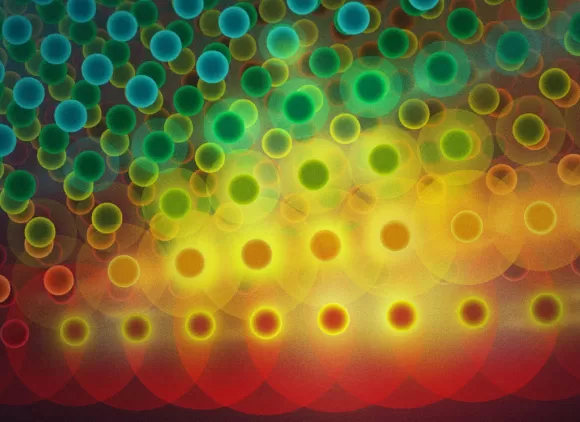About this event
Abstract:
Mathematical models of real biological systems have predominantly been deterministic or stochastic continuous models. However, there are reasons to believe that at least some processes can be modeled in a ′digital" way. Once we do that, we enter the domain of concurrent and reactive systems. Perhaps techniques from formal verification could lead to insights about the systems principles that allow biological systems using very low energy (and high noise) components to function dynamic environments. I will explore some past and future research directions in this area, as well as some of the non-computational challenges that arise in this kind of research.
Bio:
David L. Dill is a Professor of Computer Science and, by courtesy, Electrical Engineering at Stanford University. He has been on the faculty at Stanford since 1987. His primary research interest is computational biology, and, previously, formal verification. He was named a Fellow of the Institute of Electrical and Electronics Engineers (IEEE) in 2001 for his contributions to verification of circuits and systems, and a Fellow of the ACM in 2005 for contributions to system verification and for leadership in the development of verifiable voting systems. In 2008, he received the first "Computer-Aided Verification" award, with Rajeev Alur, for fundamental contributions to the theory of real-time systems verification. In 2004, he received the Electronic Frontier Foundation's "Pioneer Award" for "for spearheading and nurturing the popular movement for integrity and transparency in modern elections."
To Join the Webinar:
The Webinar will be held from 2:00-3:00am EST on December 13, 2012 in Room 110.
To attend virtually, please register by December 12, 23:59 PDT at: https://mmancusa.webex.com/mmancusa/j.php?ED=195865887&RG=1&UID=0&RT=MiMxMQ%3D%3D
After your registration is accepted, you will get an email with a URL to join the meeting. Please be sure to join a few minutes before the start of the webinar. This system does not establish a voice connection on your computer; instead, your acceptance message will have a toll-free phone number that you will be prompted to call after joining. Please note that this registration is a manual process; therefore, do not expect an immediate acceptance. In the event the number of requests exceeds the capacity, some requests may have to be denied.

